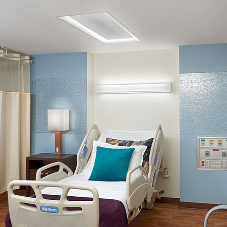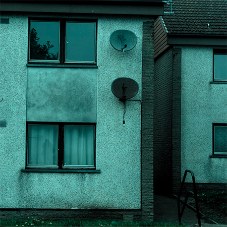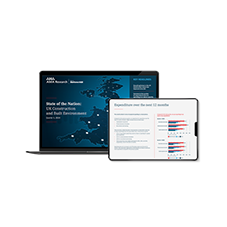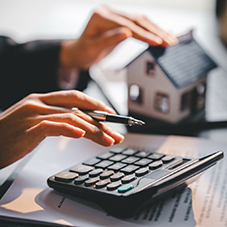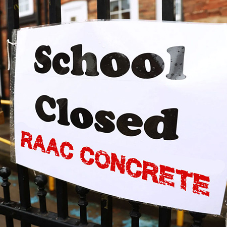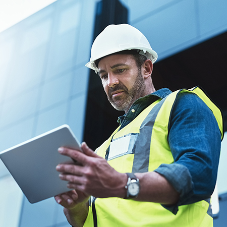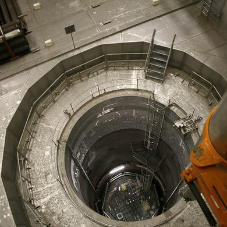During the COVID-19 lockdown in the UK, the stay at home order enforced the majority of office workers to pack up their desks and adapt to a new way of working. As the morning catch ups and team meetings went virtual, our adoption of technology ensured that we were able to work effectively and productively from the comfort of our own homes.
Many people have enjoyed a more relaxed schedule that home-based working offers, such as using lunch breaks taking the dog for a walk, getting in your daily exercise and spending more time with the family.
The TUC published a report in November 2019 that revealed that the daily commute to work in the UK took 59 minutes – the equivalent of 221 hours a year. It’s easy to see why so many people have enjoyed the extra time available to them from cutting out such a large portion of their day.
So, now that we are looking ahead to a post-pandemic world, many people are raising the questions of what the future of office working will look like, and how we can use the space to ensure the flexibility and balance that we have become so accustomed to during a year of working from home.
Why do we need an office space?
It’s important to remember that even though working from home comes with many benefits, it also has its downsides.
The lack of face-to-face interaction can lead to general feeling of distance as we are unable to fully achieve the social aspects of our workplace over a scheduled Microsoft Teams or Zoom call, and this can result in a lack of social connection, something that is imperative to our mental health and well-being.
Others have discovered the difficulty of not being able to switch off after the workday has ended, requiring that physical form of separation to be able to differentiate work life and home life.
Despite this, statistics show that the majority aren’t looking to go back to the office in the traditional sense, opting for a more flexible and balanced approach.
The result of a YouGov survey revealed four in ten people who never worked from home before COVID-19 now say that they want to be able to do so for the future.
In particular, some of the big tech companies are already offering a balanced working approach for the future such as Facebook, Google and Twitter. Others, such as Spotify, are offering the option to work from anywhere they’d like at any time whether that’s in or out of the office.
So what might a future office space look like?
The likelihood is that most businesses will offer the best-of-both worlds, designing an office space that encourages collaboration and teamwork.
This could be done in a range of ways, and it will be expected that office infrastructure will change in order to adapt.
The traditional row upon row of individual desks may be limited or removed completely, opening up the office space to create more co-working areas and meeting spaces with the focus being on supporting the types of interactions that can’t happen remotely.
Financial services firm Revolut has confirmed the conversion of 70% of its office real estate into collaborative areas, whilst also offering a permanent hybrid working model.
It is also likely that we will see an increase in touch-free technology within the office, such as automatic doors, automatic hand sanitiser dispensers amongst other contact-free access solutions to increase the amount of touch-free points within the building.
Over time, rather than seeing the construction of tall office buildings which require multiple lifts with many people using them throughout the day, we may see the construction of smaller, ground-level offices - reinforcing the idea of the office being a space for presentations and meetings rather than a space filled with banks of individual desks.
No matter what the future of the office holds, it is probable that for the majority we won’t be reverting back to a pre-pandemic working environment. Rather, we will begin to see the gradual increase of balanced and flexible working, and our office space will have to evolve alongside our new ways of working.
Related Blog Articles


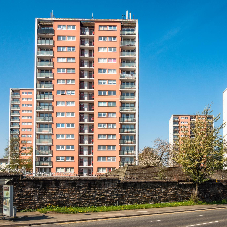
crop192.png)
